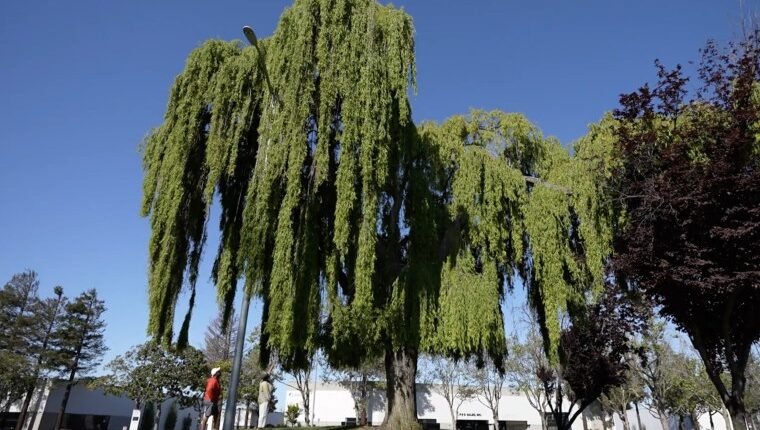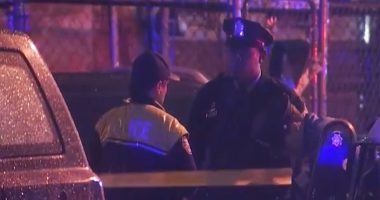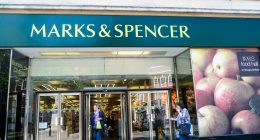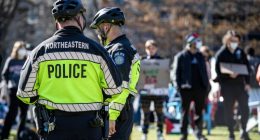HAYWARD, Calif. — Aisha Knowles grew up hearing stories from family members about life in Russell City, a predominantly Black and Latino community. Family members who lived there reminisced about the neighborhood of about 1,400 people, conjuring nostalgic feelings for a safe haven.
These days, however, “I can tell when people approach me to talk to me about Russell City, they’re mad,” she said.
Russell City was a crucial space for its residents 60 years ago, in the struggle to avoid racist housing policies that proliferated throughout the San Francisco Bay area.
But as Alameda County developed, Russell City became the target of eminent domain, a practice that allows federal and local governments to acquire private property for public or civic use or, in some cases, for economic development. The practice is often carried out by ensuring the original owners are properly compensated, but historically some governments have forcibly seized property without the owners’ consent.
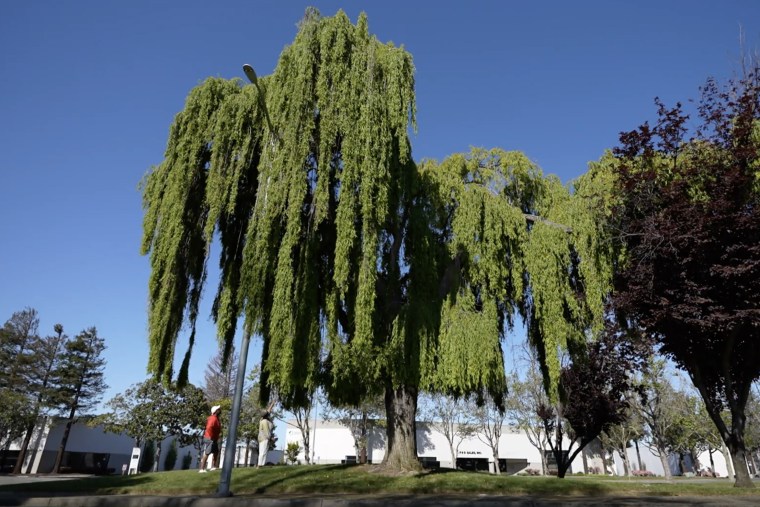
Russell City was bulldozed, the land was sold off to developers in 1967 and residents had to relocate. Decades later, the city of Hayward issued an apology for the destruction, and Knowles is part of an effort to study whether the land was seized improperly, and to make recommendations to local authorities about what they can do to atone for it.
But not everyone in the area is on board with this plan.
Donna Whitmore, a lifelong Hayward resident, is part of a countermovement that says the story of Russell City has been wrongly co-opted by local politicians, national media and reparations advocates to serve as an example of unjust government actions against African Americans.
Renewed efforts to rectify the past are being pursued on federal, state and local levels across the country. The latest example was the return of Bruce’s Beach to the Bruce family in 2021, after the land was illegally seized 100 years earlier by the city of Manhattan Beach under pressure from the Ku Klux Klan.
“It’s not what happened here. They were just poor people,” said Whitmore, who was in high school when Russell City was razed. “If this was a race thing, I would be the first one to say these people were ripped off.”
Whitmore and her group, Hayward Concerned Citizens, say the City Council acted too quickly to join the fight for reparations — and they are considering suing Hayward because of it.
The apology
In November 2021, the Hayward City Council unanimously passed a resolution to formally apologize to local communities of color for the city’s role in the destruction of Russell City. The resolution, which was prepared and recommended by Hayward’s Community Services Commission, also set up a probe to “determine appropriate restitution” for former residents and their descendants called the Russell City Reparative Justice Project.
“There was generational wealth that was stolen from us,” said Marian Johnson, who is part of the project’s steering committee, alongside Knowles. She was a toddler when her family’s land was seized, “We were always told to get our family’s land back.”
Johnson says both sides of her family owned property and lived in Russell City. The makeshift neighborhood attracted residents of color who were otherwise restricted from living in other neighborhoods in the Bay Area because of racial covenants and redlining — including a nearby whites-only development, San Lorenzo, built in 1944. Racial covenants were deemed unenforceable by the U.S. Supreme Court in 1948, but were not outlawed until the Fair Housing Act was passed in 1968.
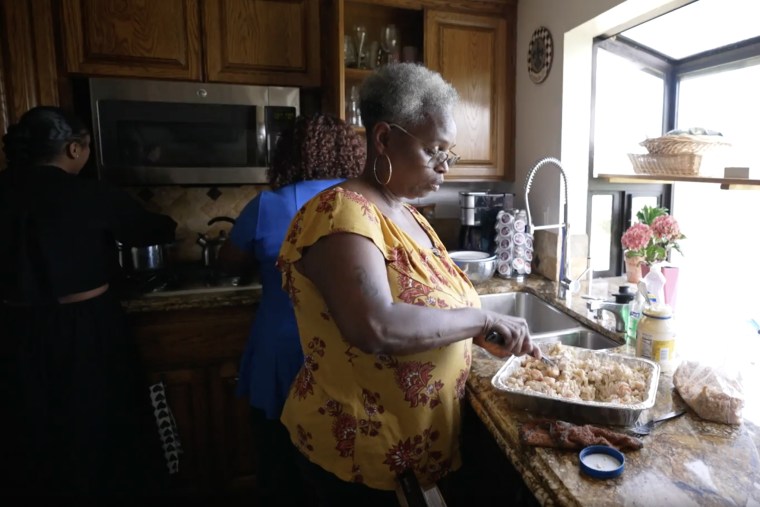
“Everybody was warm, loving, kind, sharing, like a family, like a village,” said Johnson’s mother, Jessie Mae Johnson, 82, who first visited the neighborhood from Oklahoma when she was 14. At the time, Russell City had no running water or sewage but was filled with homes, businesses, churches, a school and a lively music scene, which is still commemorated with the Hayward Russell City Blues Festival.
Jessie Mae Johnson eventually settled there and married a fellow resident. She was a mother in her 20s when the Hayward County Redevelopment Agency began seizing businesses and homes, including their own in 1964. Authorities cited “blight” — a common justification for urban renewal projects that is still used in underserved communities of color today.
“This was supposed to be our forever home,” said Marian Johnson, whose ancestors fled to California to escape racial violence. They were forced to relocate from Russell City, landing in Oakland, where she said they faced housing discrimination.
“We had to continue to rebuild every time,” Marian Johnson said. “We [would] be further along if you hadn’t done what was done to our family, to our community.”
For the Johnsons, the city’s apology was a sign of hope. To others, it was an unwarranted move.
The resolution apologizes directly to “Black, Indigenous, Californio, Mexicano, Latino, Latinx and other community members of color” but, Hayward resident TJ Ferriera said, “There was no mention of white people, or Asians.”
Although Ferriera was too young to have firsthand memories of Russell City, she maintains the removal was a class issue, not a race issue because it was a diverse community. Ferriera also said that because Alameda County carried out Russell City’s destruction, it is responsible for the relocation, not Hayward.
“We want an apology for the apology,” Ferriera said.
In 2020, Ferriera formed Hayward Concerned Citizens, which has grown to more than 660 members. The group’s initial goal was to counteract calls to defund the police, but its primary goal became to hold the city accountable for how it spends taxpayer money. Ferriera and several other members, including Whitmore, have set their sights on calls for Russell City reparations.
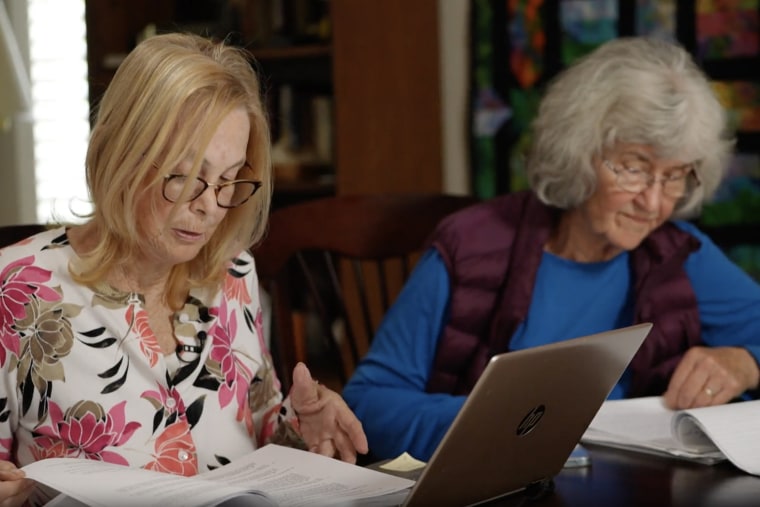
“No one likes to be forced to move,” said Whitmore, who was raised in a low-income Portuguese family in the 1950s. She remembers visiting family friends in Russell City as a child. She said she also remembers her family, including her 92-year-old grandfather, being forced to move twice from their family home through eminent domain in the area.
Whitmore recently retired after 22 years at the Oakland Housing Authority, a public service agency for low-income communities. She said her career experience has informed her perception of what happened in Russell City, “I know what these relocation programs can look like. This one was done with dignity.”
The race for research
Today, where Russell City once stood are now 200 acres of nondescript industrial warehouses. What is now loading docks for 18-wheelers was once a garden with farm animals tended by Johnson’s grandmother. A pet shop supply store sits where Knowles believes her grandfather’s auto body shop sat.
Oral histories of the community have been passed on through families and annual reunion picnics, hosted for the past four decades by former residents and their families, many of whom now live in various parts of Alameda County.
“I was always told to get my family’s land back,” Johnson said as she sits and reflects in her brother’s home perched on a hill in Oakland that overlooks the sprawling city about 20 miles away from Hayward. However, the lack of documentation to prove whether the county government acted illegally or improperly compensated residents has been a major hurdle for Russell City’s Black descendants looking for restitution.
Hayward City Manager Regina Youngblood says the county’s relocation process was done by the books, but at the time, the books were designed to be racist, suggesting the city and county may have leveraged laws created to keep communities of color vulnerable. She has been tasked with overseeing the Russell City Restorative Justice Project and liaises with the 13-member steering committee made up of former residents and descendants.
After the apology, the city of Hayward hired two archival researchers from San Francisco State University to locate any records of compensation for Russell City residents and to determine Hayward’s role in Alameda County’s decision to redevelop the area. The researchers’ involvement has sparked criticism from both the steering committee, which says the city should not have hired them without their consent, and the Hayward Concerned Citizens, which says that the city should not have spent public funds for the research.
“They should have hired us,” Whitmore said, as she sifted through piles of meticulously organized and highlighted printouts of documents. It’s the result of a year and a half of research by Hayward Concerned Citizens, which dove deep into library, newspaper and government agency archives. The group said its research shows the dismantling of Russell City to create an industrial area was a typical act of civic progress.

In April, the SFSU researchers presented a 52-page report to the city, citing local news articles and legal documents, including offers to sell, probate sales, eminent domain orders and orders of condemnation. In response to the material presented, some members of the steering committee said they saw “collusion” between the county and the city to remove residents for Hayward’s benefit.
“These articles reflect a time that has a lot of pain and trauma that hasn’t been talked about,” said Knowles. “Now we share a lot of pain and trauma that hasn’t necessarily been addressed.”
The next steps for reparations
Knowles said she knows there is a long way to go before any reparative recommendations can be made to ensure that the process remains inclusive of everyone who called Russell City home.
Johnson is seeking justice through multiple avenues beyond the Russell City Reparative Justice Project. She is working with Where Is My Land, an advocacy group launched by activist Kavon Ward, who is credited for successfully pressing government agencies to return to the Bruce family its family land that sits on a pricey stretch of oceanfront property in Manhattan Beach.
She and her brother Michael also brought the story of Russell City to the California Reparations Task Force as it forms recommendations to address slavery’s lingering harms against African Americans, including mass incarceration, health disparities and the devaluation of Black businesses. The task force is submitting recommendations to the state Legislature on July 1.
“I mean, the Black people did not ask to come over to this country in the first place,” said Hayward Concerned Citizens member Susan Gehlke, while assessing state and local slavery reparations efforts. “They were brought over here, they were used as slaves. And that’s totally wrong and inappropriate. But how can you put what’s happening today to try to cure history? I don’t think you can.”
After the steering committee’s April meeting, Gehlke sent a scathing letter addressed to the mayor, city council and city manager, accusing a researcher of editorializing the findings and claiming the city’s original apology was “slanderous to the city.” Members of the Hayward Concerned Citizens, including Whitmore, are now consulting experts on how to take legal action against city officials for defaming their city. They also want to take action against what they say is the misuse of taxpayer money for funding the Russell City Restorative Justice Project.
Youngblood, the Hayward city manager, said the city has received the letter and says the comments made by the researcher during the presentation were “not editorial in nature.”
The city government is ready to shift its focus to the proposal development phase.
While the SFSU researchers’ report has not yet been made public, the steering committee has contracted Ceres Policy Research, a racial justice consulting group, to help create policy recommendations for Hayward. Kerby Lynch, the Ceres Policy Research project manager, said that the descendants are deliberating how they want the information to be shared with the public. She sees reparative recommendations moving from race-based to “event-based.”
Despite tensions, Youngblood said the Russell City Reparative Justice Project is on track to submit its proposals in November, but there is no indication of what type of reparations might be accepted or where the funding would come from. She remains skeptical that cash payments or the return of land will be approved by the city council. In the meantime, Alameda County has launched its own reparations committee that will announce its members this summer.
Source: | This article originally belongs to Nbcnews.com
